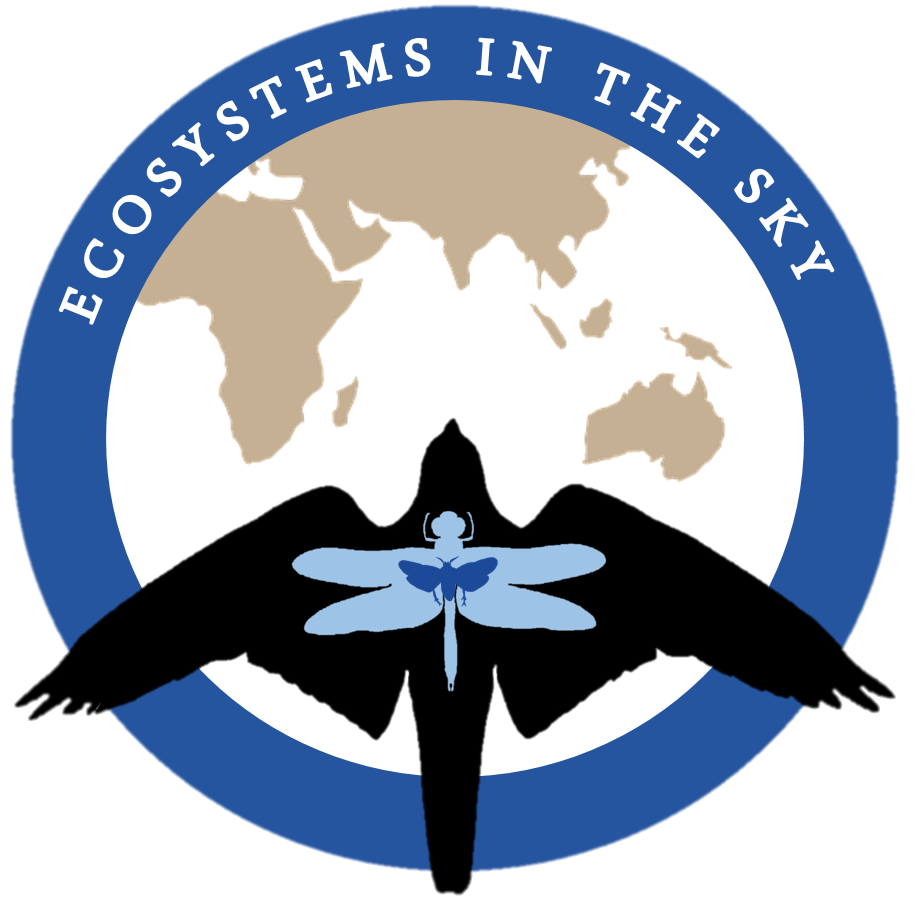Emperor of the seas
Cornwall often sees arrival of otherwise rare visiting animal migrants to the UK. Or, is the first place of a sighting of a species that then starts to spread over the UK.
The vagrant emperor dragonfly has been seen on numerous occasions in Cornwall, and very often on the Lizard, a peninsula managed by Natural England on the south coast of Cornwall. 2019 seems to have been a so called “invasion year” in Europe of vagrant emperors, as I reported on previously in blog post this spring.
Right now, in the middle of cold, grey and rainy November, sightings of vagrant emperors are accumulating again. I was lucky enough to be handed one that was found dead on the Lizard the 9th of November (thank you Ilya MacLean and Jaimie Barnes) and one that perished after being observed for several days in Sandwich Bay, Kent (thank you SBBOT and Marc Heath).
The vagrant emperor found on the Lizard in November. First picture of the fresh specimen, the second of it a few days later, after starting to shrivel up and turn brown
Africa is the core of the distribution of the vagrant emperor, but they are frequently reported far away from there - it is the only dragonfly species ever reported on Iceland.
Interestingly, a couple of sightings on the other side of the Atlantic, in south and central America, suggest that this formidable migrant may often cross this vast ocean.
Map showing reported observations of vagrant emperors on iNaturalist
The first sighting from the Americas came from French Guyana in 2002, followed by a record of a female seen on the island of Guadalupe in 2006. In 2007, individuals were seen on the Virgin Islands and in Dominica. Since then, there are records from 2012 at the same locality in French Guyana and from Aruba and Curacao. As I am travelling to the ABC-islands soon, but to Bonaire, I hope to be the first to report a sighting from there!
In fact, a specimen was just sighted on Isla de Coche in Venezuela, “just” 500 km east of Bonaire two days ago:
The time on the year when the vagrant emperor has been spotted on the ABC islands, October to February, coincide with the period when they pop up (or down) in the UK. Whether this means that they are part of the same outward wave of migrants from Africa or not, remains to be discovered.
A mated pair was seen in Cornwall this season, so it is not impossible that the individuals seen in the UK actually originate from local breeding. In fact, the wings of the UK-November vagrants are all looking very pristine, and not as torn as you would have expected if they had flew all the way from southern Europe or Africa where they are known to breed.
Vagrant emperor female at Sandwich Bay, Kent, November 2019. Photo by: Chris Wilkinson @Birdsbuttsandn1
Vagrant emperors in mating tandem, Cornwall, 2019. Photo by: Ilya MacLean @IlyaMaclean
Just like the globe skimmer (click HERE to learn more), the vagrant emperor is adapted to utilise temporary habitats for reproduction, following seasonal rains. And just like the globe skimmer, it has been found on the Maldives, in the middle of the Indian Ocean.
Being considerable larger (about 1000mg) than the globe skimmer though, which weighs about 300mg, the larger vagrant emperor is known to sometimes even prey on its smaller seafaring colleague (see photo from Thailand below).
A vagrant emperor devouring its globe skimmer prey. Photo by: Andrew Pierce 2017, Thailand







